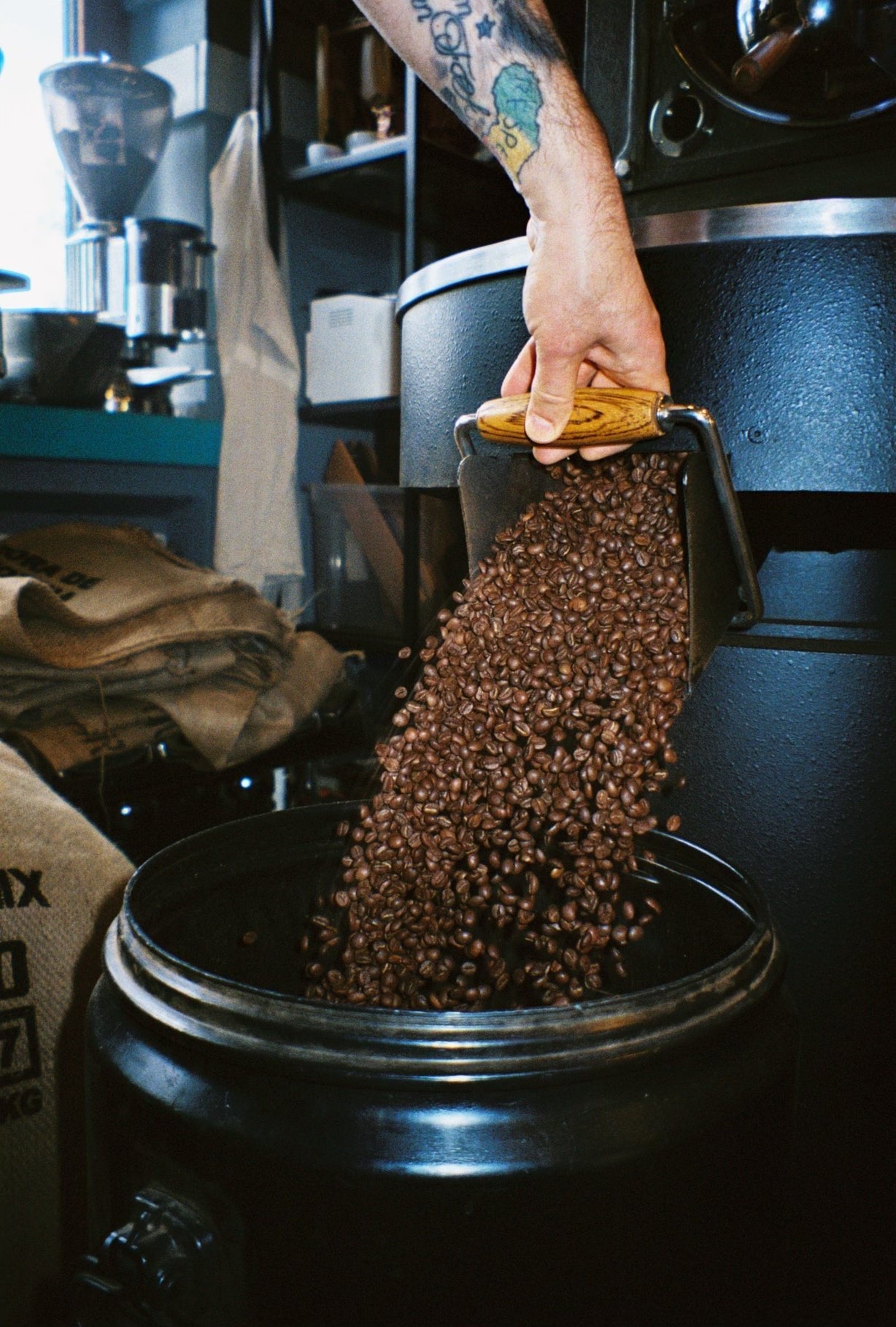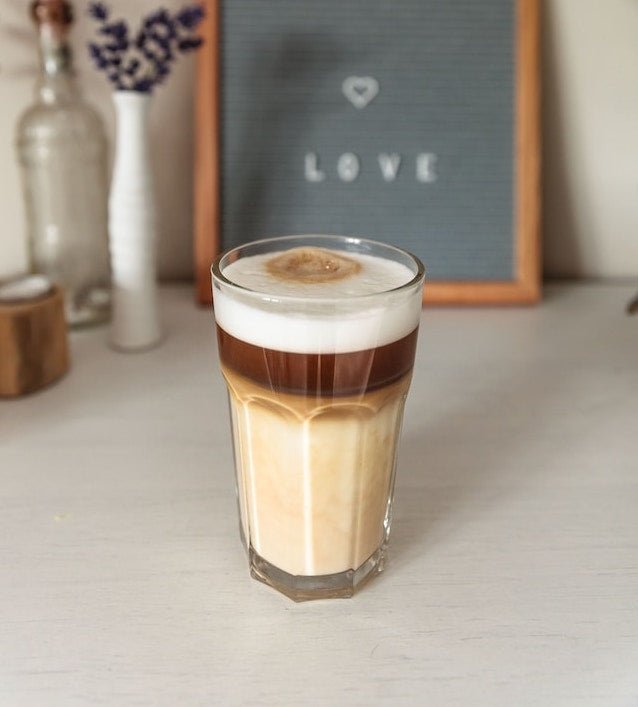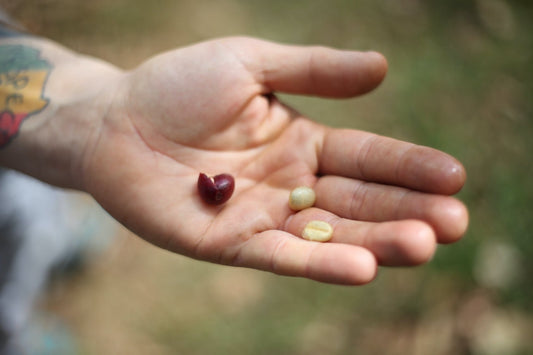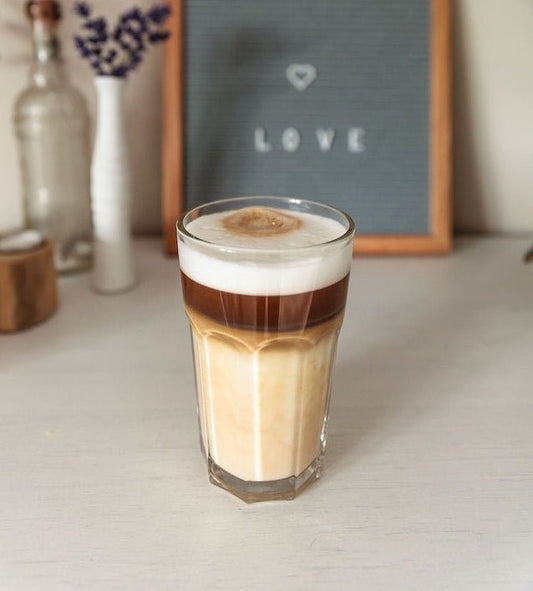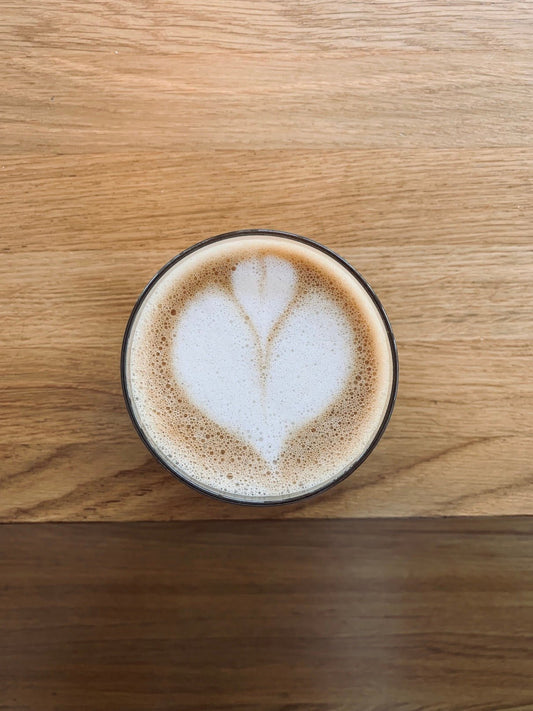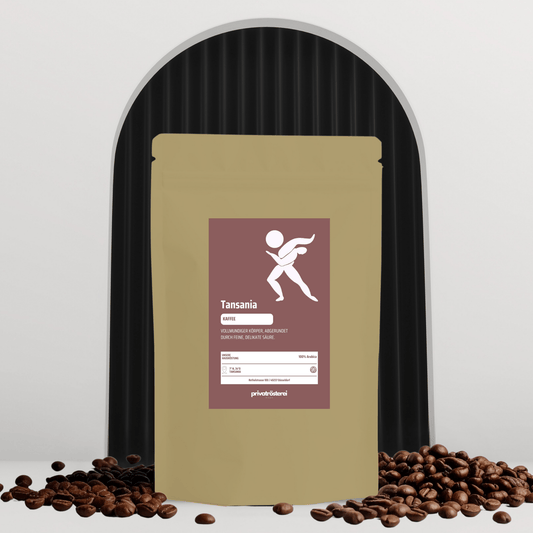The difference between cappuccino and latte macchiato
Cappuccino and latte macchiato are two popular coffee drinks often served in cafes and restaurants. Although they appear similar at first glance, there are some important differences between them. In this article, we'll take a closer look at the differences between cappuccino and latte macchiato.
Making cappuccino
To understand the difference between cappuccino and latte macchiato, it's first important to understand how these two coffee beverages are prepared. Cappuccino is typically made with espresso, hot milk, and milk foam. The espresso is poured into a cup first, followed by hot milk and milk foam.
Tip: In our article How to make your own cappuccino at home, we give you tips on how to make a cappuccino at home.
Preparing Latte Macchiato
In contrast, a latte macchiato is made with espresso, hot milk, and a touch of milk foam. When preparing a latte macchiato, hot milk foam is first poured into a tall glass or cup. Then, espresso is carefully poured over it. This creates layers, with the espresso breaking through the milk and collecting at the bottom of the glass.
Milk ratio for cappuccino and latte macchiato
Another key difference between a cappuccino and a latte macchiato is the ratio of milk to espresso. For a cappuccino, the ratio is typically 1/3 espresso, 1/3 hot milk, and 1/3 milk foam. For a latte macchiato, however, the milk predominates, and the espresso is only slightly added, resulting in a milder flavor.
Taste and texture of cappuccino and latte macchiato
The taste and texture of cappuccino and latte macchiato are also distinctly different. Cappuccino has a strong espresso flavor, balanced by the creamy milk foam. Latte macchiato, on the other hand, is milder and creamier, with the milk dominating and the espresso adding only a gentle touch.
Serving size and presentation of cappuccino and latte macchiato
Another difference lies in the serving size and presentation. Cappuccino is usually served in smaller cups and often has a layer of milk foam (latte art) on top. Latte macchiato, on the other hand, is served in tall, transparent glasses to show the layering of ingredients. Double-walled glasses (↗︎) are particularly practical. The insulating layer of air acts as an insulator, helping to maintain the temperature of the beverage for longer by slowing the heat exchange with the surroundings. This keeps the beverage hotter longer without the glass itself becoming too hot, reducing the risk of burns.
